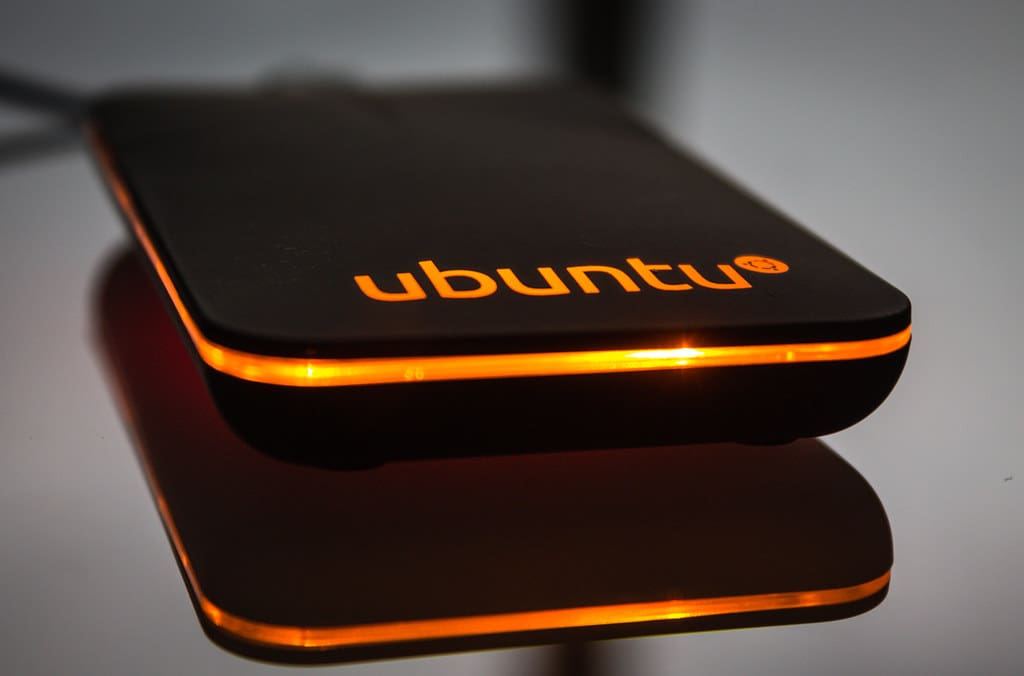Linux is one of Earth’s most popular operating systems right now, and the most populated software on Earth, Android, is also based on Linux.
Many Linux distributions are different versions of the software, like Ubuntu and Red Hat, running on other platforms.
Key Takeaways
- Ubuntu is a free, open-source distribution, while Red Hat Enterprise Linux (RHEL) is a commercial, subscription-based offering.
- Ubuntu features a more frequent release schedule than RHEL, prioritizing stability and long-term support.
- Ubuntu is popular among desktop users and developers, while RHEL is widely used in enterprise environments for servers and critical applications.
Ubuntu vs Red Hat
The difference between Ubuntu and Red Hat is that Ubuntu is an open-source operating system by Canonical that is free and freely transferable to any platform,. In contrast, Red Hat is a server development software by Red Hat software and an operating system that requires a paywall to be passed to access it.

Ubuntu is an operating system developed by Canonical Systems, which is under the Linux family of operating systems. It was created in 2004 for the Internet of things.
Ubuntu is used not only in Android and other personal computing devices but also in devices like remotes, washing machines, and other devices.
Red Hat is another Linux distribution system developed by the company Red Hat Software which was initiated in 1995 and has since developed a lot.
It is made for enterprises and shares a lot of code and commands with Ubuntu because they are both based on Linux. Red Hat is made for the development of enterprise applications.
Comparison Table
| Parameters of Comparison | Ubuntu | Red Hat |
|---|---|---|
| Launch Date | Ubuntu was released initially on 20 October 2004. | Ubuntu promised five years of OS updates. |
| Target | Ubuntu is an easy-to-use consumer-end operating system for end-users. | Red Hat is an open-source operating system for application development and management. |
| Software Support | Red Hat Enterprises Linux promises ten years of OS updates. | As it is consumer-oriented, Ubuntu is the most accessible Linux-based operating system. |
| Ease of Use | As it is consumer-oriented, Ubuntu is the easiest Linux-based operating system. | Red Hat is relatively harder to use and implement as it is meant for programmers and app developers. |
| Licensing | Ubuntu is completely free and open-source and can be copied and transferred legally. | Red Hat is not free to use while still being open source. It requires a purchase depending on different servers. |
What is Ubuntu?
Ubuntu is an operating system made under the Linux family of operating systems in 2004 as a replacement for Debian, another Linux distribution.
The word Ubuntu means humanity to others. It gained massive popularity as an alternative to Windows because of its ease of use, high functionality, and modifications.
Ubuntu uses GNOME, which is a graphical desktop environment that provides Ubuntu with its famous and easy-to-use Graphical User Interface.
Ubuntu has broad support for all kinds of software ranging from Microsoft-manufactured ones to many more developer-oriented ones.
Ubuntu is widely regarded as a more secure option due to its high flexibility.
The software is open-source therefore, a plethora of users are introducing bug fixes and other software improvements in the code, which makes Ubuntu a constantly developing platform, and there are also no significant viruses identified for Ubuntu.
Another exciting feature of Ubuntu is that it comes in various flavours, which are different skins of the same operating system. Examples of these flavours are Kubuntu, Lubuntu, and Xubuntu.
All significant applications that a consumer might need, like Spotify, writing applications, etc., are available on Ubuntu, and even if some aren’t, very close substitutes are always present.

What is Red Hat?
Red Hat Enterprise Linux (RHEL) is an open-source operating system under the Linux distributions family made by software company Red Hat Software, which makes software and provides management and support to enterprises.
Red Hat offers a high range of usability and cross-device support.
It can be used to develop computers, servers, data clouds, or cloud servers. It is widely meant for commercial use and is subject to a licensing fee; therefore, it is not free like Ubuntu. It can still be modified subject to trademarks.
RHEL is a successor of Fedora’s core and is also the updated version of Red Hat Linux, which was discontinued in 2004. Red Hat Enterprise Linux is highly stable and can be purchased in monthly or annual subscriptions.
It is one of the popular Linux distributions as it is also open-source, therefore, offering high modifiability.
Red Hat also promises ten years of dedicated software support to applications developed using the Red Hat Enterprise Linux. Some Features of RHEL include development tools, high security, high stability, virtualization, etc.
It also offers a very responsive DE (Development Environment). It has also been upgraded to feature broader gadget support, an on-screen console, and multi-screen support.

Main Differences Between Ubuntu and Red Hat
- Ubuntu is open source and free to distribute, whereas Red Hat is open source but not free to distribute and has to be purchased.
- Ubuntu is meant to be used as consumer-end software on personal computers, whereas Red Hat is used to develop enterprise applications and servers.
- The system requirements to run Ubuntu are a minimum of 2 GB of RAM and 25 GB of free hard disk space, whereas Red Hat requires a minimum of 10 GB of free hard disk space and 2 GB of RAM.
- Ubuntu provides more frequent software updates and support than Red Hat and has a software utility tool.
- Ubuntu has a stricter release schedule, with Long Term Support releasing every 2 years in April, compared to Red Hat, which has a more relaxed release schedule.

- https://link.springer.com/content/pdf/10.1007/978-1-4302-3627-6.pdf
- http://www.daseq.de/fileadmin/pressebilder/OpenSouceDay2014/RHEL7_Overview.pdf

I’m pleased to read about the comparison between Ubuntu and Red Hat, it offers a comprehensive overview of both.
Absolutely, it’s great to see such a detailed analysis that is also accessible and easy to understand.
An informative article indeed, it’s interesting to see the differences between Ubuntu and Red Hat explained in such detail.
Absolutely, this article provides a thorough comparison of both operating systems, allowing for better understanding.
Great breakdown of Red Hat and Ubuntu, really goes into the details of what sets them apart
A very informative piece indeed, it is always interesting to learn about the differences in Linux distributions.
This post is a great resource for anyone seeking to learn more about Ubuntu and Red Hat. Very helpful!
The explanation of Ubuntu and Red Hat’s differences is well articulated and beneficial to those wanting to gain a deeper understanding.
Yes, a well-written analysis that provides valuable insights into Ubuntu and Red Hat.
I agree, a detailed comparison discussing the key aspects of each system.
This article provides a clear, in-depth analysis of the different operating systems. Very insightful indeed!